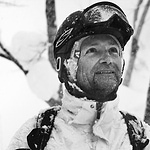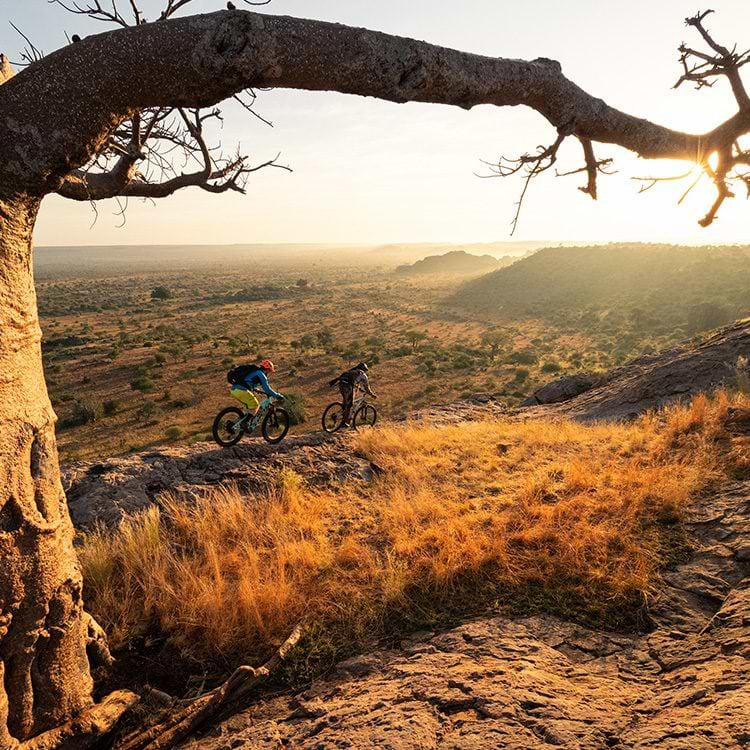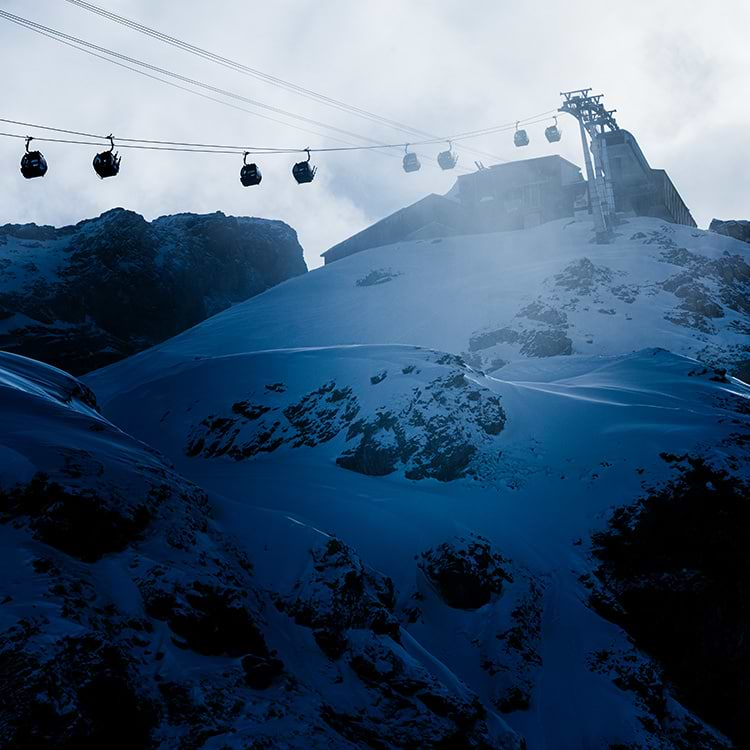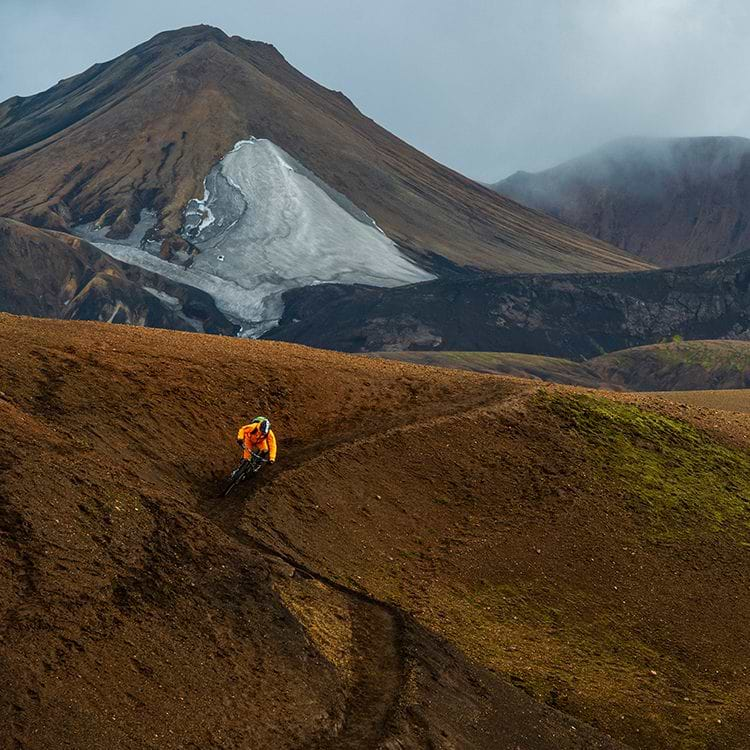They’re big, they’re bold, they’re geologically varied, and they arc 1,200 kilometres through eight diverse countries.
For many in North America, skiing in the Alps is a bucket-list pilgrimage. For Scandinavians, a must-do adventure. Central Europeans, of course, claim this as a quotidian right. But whatever brings you to the storied range, one thing’s for sure: this arena of alpine possibility remains the very essence of snowsport freedom, where you can do things you can’t do elsewhere, experience things you’ve never experienced, and revel in oceanic terrain and centuries of historic mountain culture. If you haven’t skied the Alps, you should. And while it’s challenging to capture the experience in any list, here are at least seven of a hundred reasons why:
1. Hidden Gems
The Alps are full of ski areas that boggle the mind, where you might tuck five Whistler-Blackcombs into a single medium-sized resort. As good as skiing is at big resorts, it’s often smaller (a relative term) out-of-the-way places that deliver best on cultural timelessness and alpine solitude. Such outposts are found up virtually any side valley in any country — often only steps (or a lift ride) from a busy, globally-known colossus. We could name a few or tell you where to look, but half the fun is finding them yourself. Or check out destinations in the Alps featured in Interstellar’s “Off the Radar” section.
2. Outstanding Food Culture
Yes, even the snow tastes different in any new region you ski, but digging into the local food and drink scene is a highlight for many first-time — and long-time — visitors to the Alps. Not only do offerings tend to highlight a country’s millennia-in-the-making alpine cuisine, reflecting the bounty of the land in artisan food and wine, but the Euro tradition of family-run restaurants expands what’s available on the mountains beyond the realm of resort-owned dining (though this can be pretty good, too). Though the food scene in alpine towns tends to be outstanding, many on-mountain dining experiences exceed it. Bonus: where else can you have breakfast in one country and lunch in another?
3. High Alpine
A lot of skiing in the Alps is above treeline (after all, an alp is a lofty meadow to which livestock are brought to graze in summer), and ski areas pride themselves on getting visitors to the peaks with all manner of engineering marvels. The view from atop any ski area is usually more than worth however long it takes to get there. But while glaciated and treeless heights are a better bet for good conditions — particularly given rising freezing levels due to climate change — it isn’t always the case during lousy weather, so pay heed. And if you’re going off-piste, make sure it’s with a guide.
4. Earn Your Turns
Speaking of high alpine, there’s no better way to experience it than ski-touring. In addition to many other types of skiing, the Alps are where institutionalized point-to-point climbing, descending, crossing glaciers and high passes from valley-to-valley was born and perfected. A continuing draw for its physical and aesthetic aspects, guided ski-touring is also a measurable part of alpine tourism in France, Italy, Switzerland and Austria — all of which boast the requisite high-alpine infrastructure to handle relatively high volumes of self-propelled traffic. Some huts are small, basic and self-catering, others close to industrial in size and scope, boasting unexpected service, food and comforts.
5. Fascinating History
In the Alps, the histories of settlement, warfare, mountaineering and skiing aren’t just something you see in a museum (though most ski towns have a good one) but a feeling and vibe that surrounds and sweeps you up. This is best embodied in storied destinations like Chamonix, Zermatt, Cortina or St. Anton. Still, almost any village with a ski tradition and lift system can transport you back in time.
6. Travel With Ease
The ease of travel in Europe is an eye-opener for North Americans weaned on the vast spaces, great distances, and difficult access to many ski experiences. Not only is it shockingly simple to get from major city airports to high-mountain ski areas in only a few hours by train, with the occasional bus or tram thrown in as a link, but you can take advantage of the same connectivity to follow storms and snow — if it isn’t happening where you are, go where it is. Chances are it’s not far.
7. World’s Best Skiing
Whether a massive ski domain like Les Trois Vallées or a pocket-sized gem like Courmayeur, ski areas in the Alps cover a huge diversity of terrain, from glaciers and high alpine bowls, to larch forest valley plunges, and myriad off-piste connections between ski areas, valleys and even countries that can take days to experience. For the most part, you can’t do it all at once and tackling an area in bite-sized chunks is better. The wild card to getting around is snow; low visibility and avalanches make the high alpine dangerous during storms. Regarding snowfall amounts and quality, variation is as diverse as the labyrinthine Alps — more so in an era of rampant climate change — so it’s best to do your homework on snow zones and follow both seasonal and local weather closely.










































